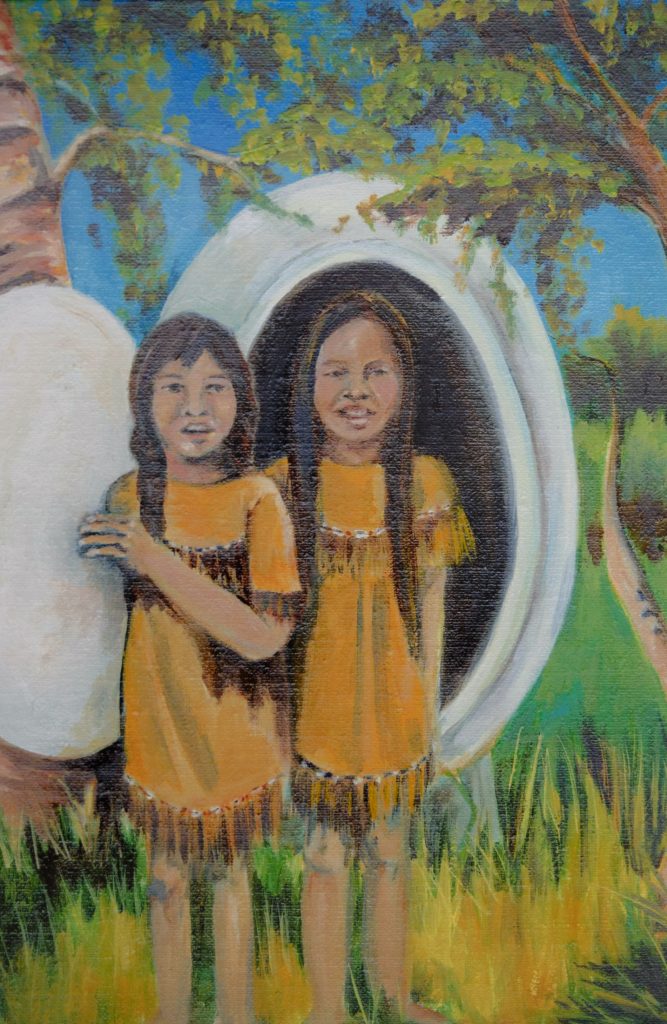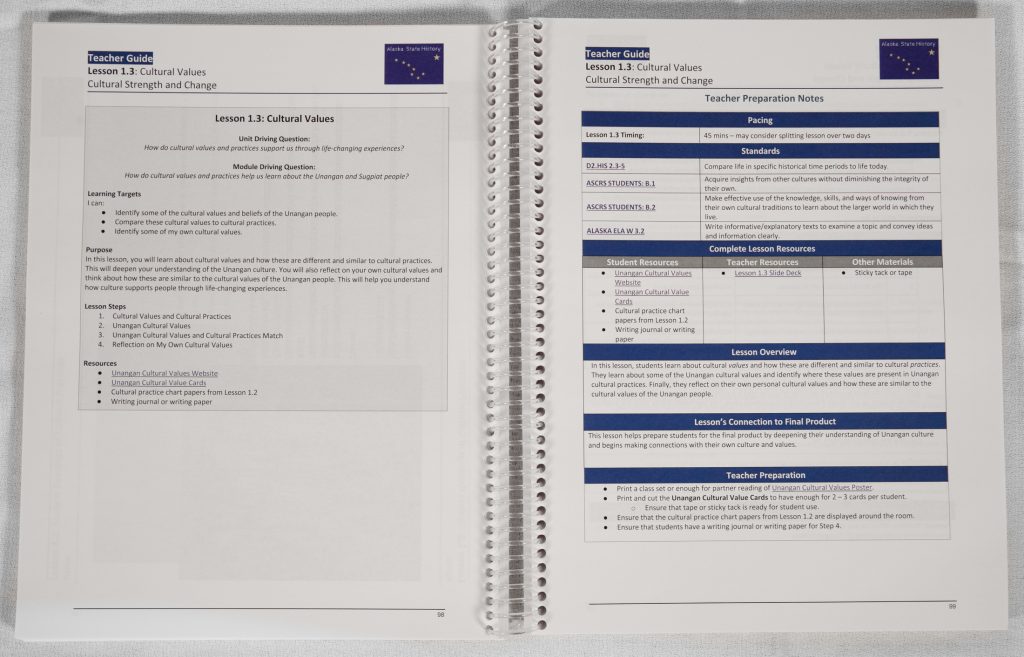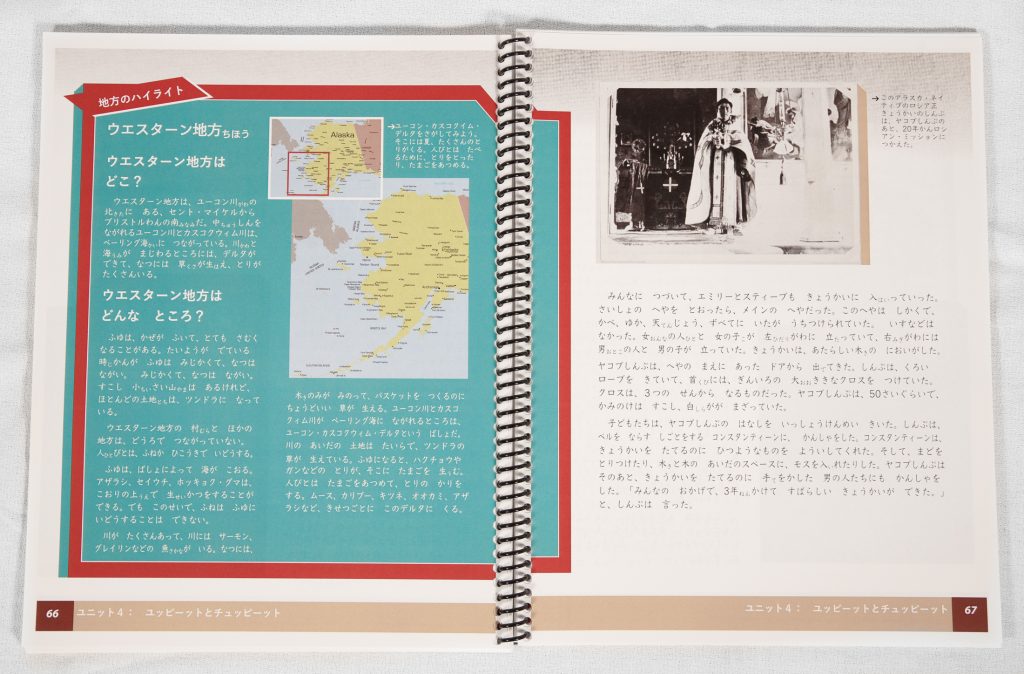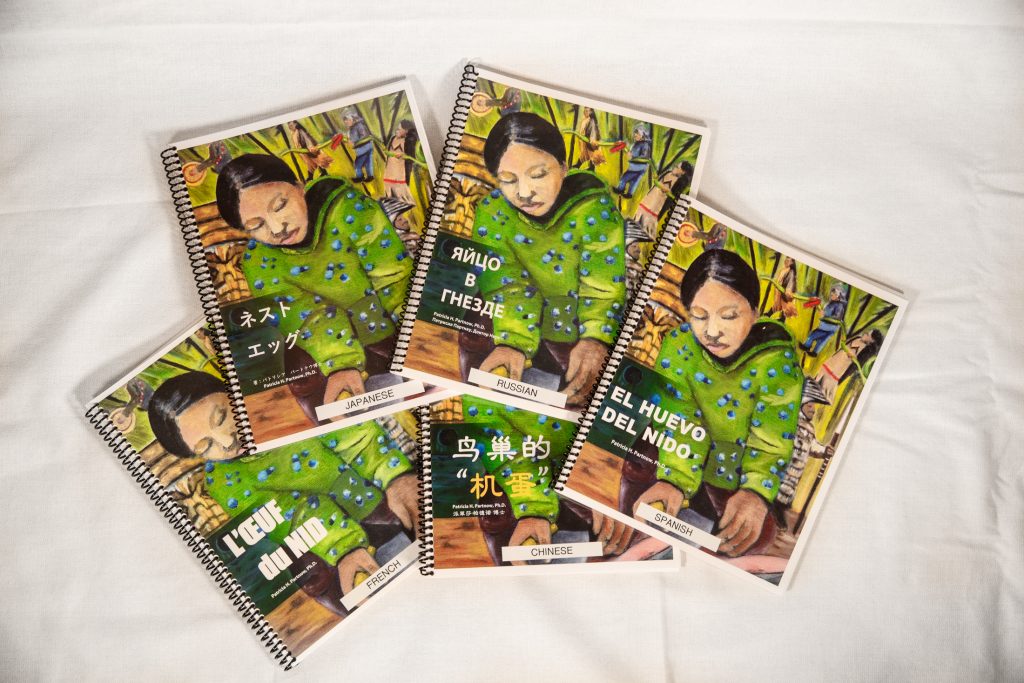Anchorage School District Launches New Social Studies Curriculum Giving Authentic Voice to Alaska Native History
By Brandon Locke
The Anchorage School District (ASD) in Anchorage, Alaska, is an urban district of roughly 48,000 students. It is also one of the most ethnically and linguistically diverse school districts in the United States.
The topic for 3rd Grade social studies is Alaska History, which has been in place for decades. However, the curriculum and materials that had been used for years were not only dated but very Western-centric, “studying” Alaska Natives as if they were extinct. A complete overhaul was long overdue and about three years ago a curriculum revision began.

In the spring of 2021 the brand-new 3rd grade social studies curriculum, “The Nest Egg,” was unveiled, to be put into use in ASD classrooms starting the 2021-22 school year. Three years in the making, with multiple stakeholders involved throughout the entire process, including Alaska Native elders and cultural consultants, this new curriculum gives an authentic voice to Alaska Native history. Emily Edenshaw, Executive Director of the Alaska Native Heritage Center, which hosted the unveiling event, said, “the new curriculum blends and elevates the experiences, legacies, and contributions of various Indigenous tribes of Alaska and various places in Alaska’s history. Our culture is vibrant, strong, and living and breathing today. This is monumental and a step in the right direction.”
ASD K-12 Social Studies Curriculum Coordinator Jennifer Romer talked about her experience on The Nest Egg project during its celebration event at the Alaska Native Heritage Center, stating that “The Nest Egg weaves a story with history, following the Alaska Standards of Culturally Responsive Schools and the College, Career & Civic Life C3 Framework for Social Studies State Standards.”
What makes this project even more exciting is that the book, “The Nest Egg,” has been translated into ASD’s seven immersion languages – Chinese, French, German, Japanese, Russian, Spanish, and Yup’ik (an Alaska Native language). These translations were done by teams of ASD immersion teachers and took over a year to complete (while teaching virtually during a world-wide pandemic).

Linguistically speaking, one of the most difficult tasks when translating was to come up with appropriate words for things that do not exist outside of Alaska Native culture. For example, the term Alaska Native refers to the Indigenous peoples of Alaska. This term had to be explained in the translated versions in absence of a true translation. Another challenge was how to best “pronounce” words in a foreign language such as Japanese, where such words do not exist. The Japanese immersion teachers who did the Japanese translation met with several local Alaska Natives representing a variety of Alaska Native languages, to learn how to best pronounce Native words so as to best capture a solid translation using katakana. Robyn Lin, lead translator for the Mandarin Chinese version, shared some of the challenges, such as “finding a suitable font with Pinyin (romanization system for Standard Mandarin Chinese), and constantly making various adjustments so the translated texts can fit in the limited space. For the characters with multiple pronunciations, they must be manually and individually selected from one of the font’s six subsets. Many of these characters appear as high frequency.”

There is a comprehensive teacher’s guide that accompanies The Nest Egg and provides detailed lesson plans divided into six different units, including two project-based units and four shorter inquiry units. The units are designed to teach students about Alaska Native culture and history, as well as geographic regions and resources through the lens of Alaska Native cultural values.

The new curriculum was piloted in several classrooms, including in Russian immersion, during the 2020-21 school year, and is being implemented for the first time across ASD during the 2021-22 school year. ASD immersion teachers will take this time to get a feel for how accessible the translated versions are, making notations of where linguistic adaptations or revisions may need to be made.


